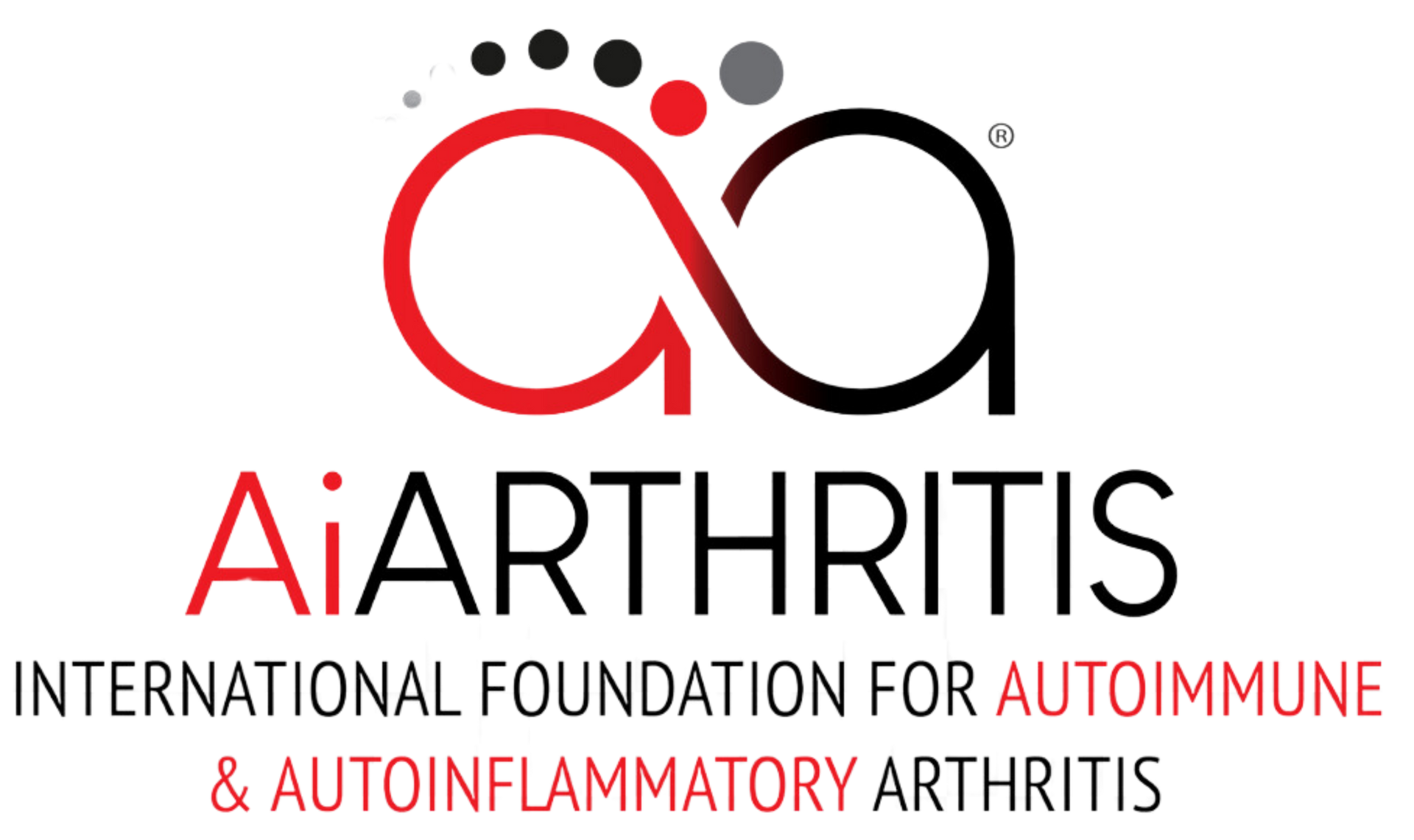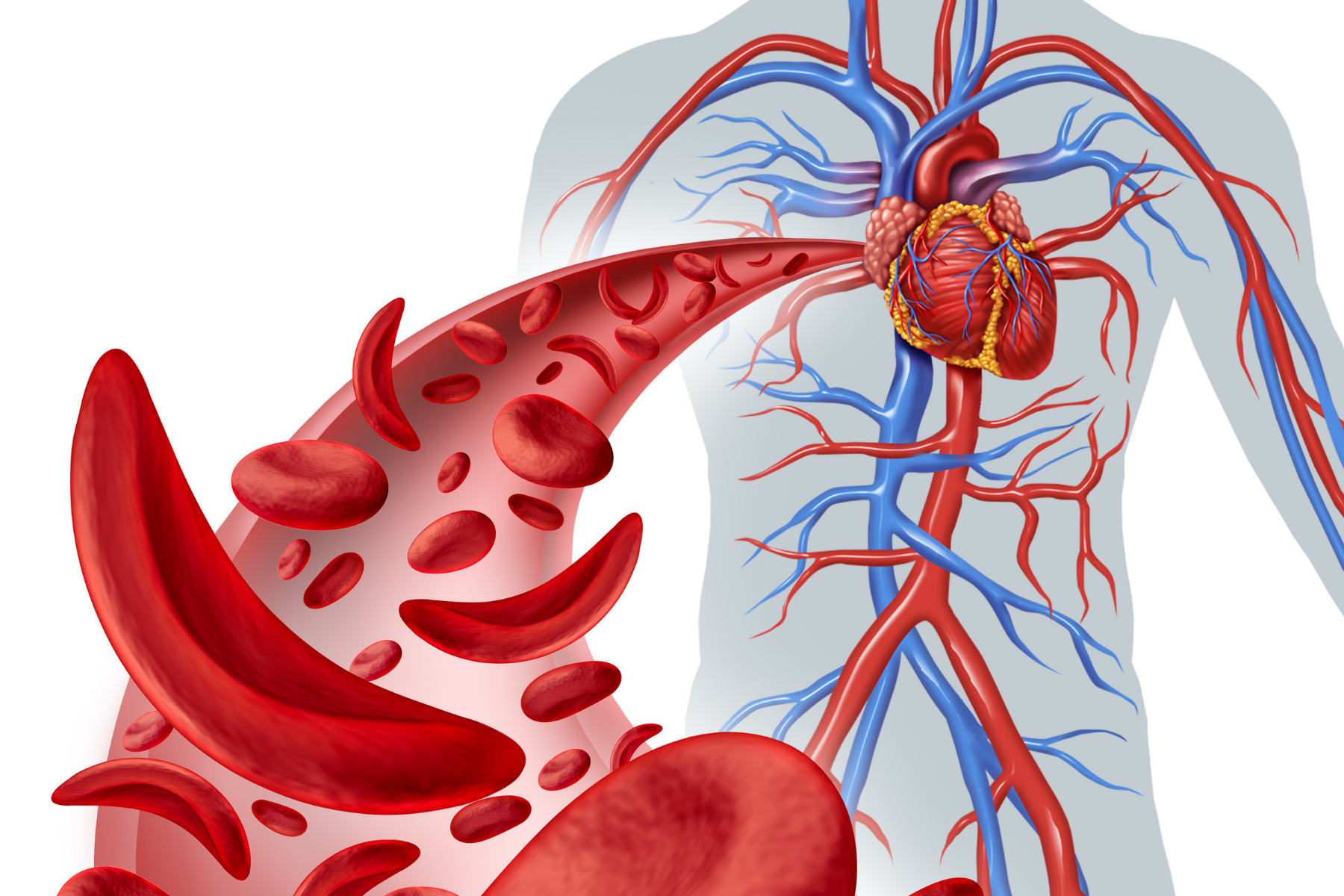VEXAS Syndrome
How to pronounce it: VEXAS - vex-us
AiArthritis defines VEXAS Syndrome as:
VEXAS (Vacuoles, E1 enzyme, X-linked, Autoinflammatory, Somatic) syndrome is a rare autoinflammatory disorder that was first identified in 2020. This syndrome is characterized by a combination of symptoms, including recurrent fevers, blood abnormalities, and inflammatory skin lesions. The term "VEXAS" reflects some of the key features of the syndrome.
Here's a breakdown of the components of the term "VEXAS":
- Vacuoles: This refers to the presence of atypical vacuoles in the myeloid cells of affected individuals, as observed in laboratory analyses.
- E1 enzyme: The syndrome is associated with somatic mutations in the UBA1 gene, which encodes the E1 ubiquitin-activating enzyme. These mutations are believed to contribute to the dysregulation of the immune system.
- X-linked: The UBA1 gene is located on the X chromosome. The X-linked nature indicates that the syndrome primarily affects males, as they have only one X chromosome. Females, who have two X chromosomes, might have one unaffected copy that can compensate for the mutation.
- Autoinflammatory: VEXAS syndrome is classified as an autoinflammatory disorder, which means it involves the immune system mistakenly causing inflammation in the absence of infection.
- Somatic: Somatic mutations are those that occur in the body's non-reproductive cells and are not passed on to offspring. In VEXAS syndrome, somatic mutations in the UBA1 gene are acquired during a person's lifetime.
Symptoms & Characteristics
Common in All AiArthritis Diseases
Flares: Periods of worsening symptoms are called flares. A flare can last for hours, days, weeks, or months.
Physical Activity: Condition improves with activity and exercise and worsens with rest.
Comorbidities: When inflammation is left uncontrolled due to lack of proper treatment, comorbidities can develop. 70% of patients with chronic, lifelong disease will develop comorbidities, including dual or triple diagnoses.
Family History:
Autoimmune diseases often run in families, indicating a potential genetic predisposition where that gene can cause disease. Autoinflammatory diseases can occur multiple times in a family, but is based off of genetic mutation. It is not a gene that causes the disease— but a mutation on the gene that can cause the disease which can then be passed on to the next generation.
"Auto" Symptoms
Fatigue: Severe fatigue or exhaustion that may not be helped by caffeine/stimulants and can happen even after a long period of rest.
Cognitive Dysfunction: Brain fog or periods of time where thinking gets clouded and it becomes difficult to concentrate.
Flu-like symptoms: Without having the flu- nausea, muscle weakness, and general malaise.
Fever: Typically low grade in autoimmune (with exception of juvenile idiopathic arthritis) and higher grade in autoinflammatory (% strongly varies per disease).
Reference: Early Symptoms of AiArthritis Study, AiArthritis, 2019.
Inflammatory Arthritis Symptoms
Stiffness: Severe stiffness in one or more joints, especially in the morning or after sitting for long periods of time.
Joint Pain: Episodes of joint pain that may last for hours, days, or even weeks, that can appear and disappear suddenly. Often described as “jumping pain” into different locations.
Typically the joint pain will coincide with one or more “Auto” symptoms and start and stop suddenly - for no apparent reason (which is called a "flare"). Some people will experience all of the above symptoms, others only a few.
If you have any of the arthritis features, and at least one of the “Auto” features, please consult your physician about a referral to a specialist.
Symptoms Often Associated with VEXAS Syndrome
- Inflammatory skin lesions
- Respiratory symptoms (cough, trouble breathing)
- Anemia
- Pain and swelling of the ears and nose
- Inflammation of blood vessels
(vasculitis)
Diagnosing VEXAS Syndrome
There’s no single test that can confirm a VEXAS (Vacuoles, E1 enzyme, X-linked, Autoinflammatory, Somatic) syndrome diagnosis, so rheumatologists, geneticists, and other specialists use a combination of clinical evaluation, genetic testing, and laboratory assessments. Due to the rarity and complexity of VEXAS, a multidisciplinary approach is often required.
Key components of diagnosis include:
- Clinical Evaluation: Doctors assess medical history and symptoms, such as recurrent fevers, blood abnormalities, and inflammatory skin lesions. A physical exam is conducted to identify signs associated with VEXAS.
- Genetic Testing:A critical step in diagnosis involves testing for somatic mutations in the UBA1 gene, which encodes the E1 ubiquitin-activating enzyme. This mutation confirms the diagnosis and typically requires consultation with genetic specialists.
- Laboratory Assessments:Blood tests evaluate markers like C-reactive protein (CRP), erythrocyte sedimentation rate (ESR), and complete blood counts (CBC) for abnormalities.
- Imaging Studies:X-rays or other imaging modalities may be used to check for joint or organ involvement, especially if musculoskeletal or respiratory symptoms are present.
- Exclusion of Other Conditions: Since VEXAS symptoms overlap with other autoinflammatory, infectious, or rheumatic conditions, additional tests may be done to rule out alternative diagnoses.
Given the recent discovery of VEXAS syndrome, genetic testing for UBA1 mutations is crucial for confirming the diagnosis and typically requires expert consultation. Accurate diagnosis is essential for managing and treating this rare condition.
Since symptoms are intermittent, it is important to have tests and imaging done during an attack or flare to capture the signs of inflammation. If that’s not possible, documenting symptoms through photos and symptom logs can be essential for aiding diagnosis.
VEXAS Syndrome Treatment Options
Treatment OptionsTreatments are tailored to each individual's disease, but visit our Treatment Options page to learn more about the different types of treatments that are used for VEXAS Syndrome.
What Fellow VEXAS Syndrome Patients Want You to Know
Submit YOUR AdviceWe need YOUR advice! Fill out this form to give peer advice to those with your disease.
Interesting Facts about VEXAS Syndrome
VEXAS syndrome was only identified in 2020, named for its key features: Vacuoles, E1 enzyme, X-linked, Autoinflammatory, and Somatic mutations. It was discovered through genetic research when scientists identified a mutation in the UBA1 gene causing an autoinflammatory syndrome primarily affecting men later in life.
VEXAS Syndrome Awareness Days/Months
- World Autoimmune and Autoinflammatory Arthritis Day - May 20th
- Rare Disease Day - February 29th (28th)
- Autoinflammatory Awareness Month - August
- Rheumatic Disease Awareness Month - September
- Pain Awareness Month - September
- Chronic Disease Awareness Day - July 10th
- Invisible Disabilities Week - 3rd full week of October
Other VEXAS Syndrome Resources
In an effort to ensure this page has the most accurate and up-to-date information, this page is currently awaiting medical review. Some information is subject to change.
Page Last Updated: 10/31/2024




